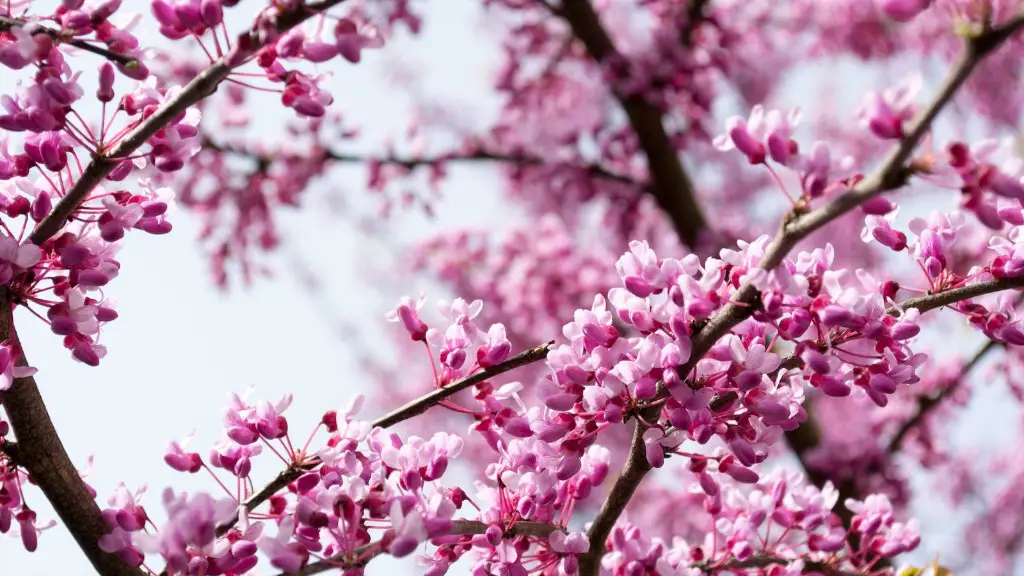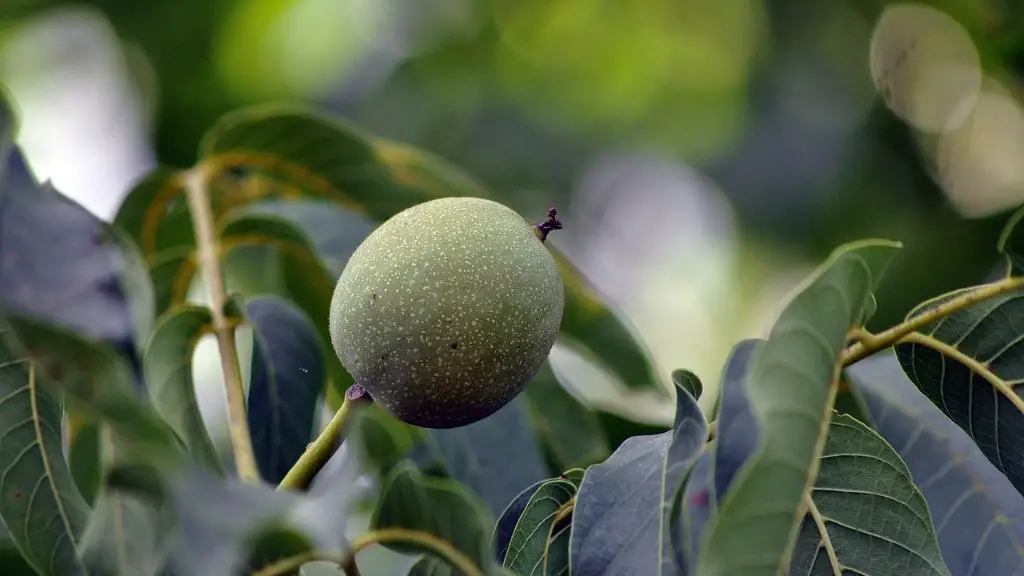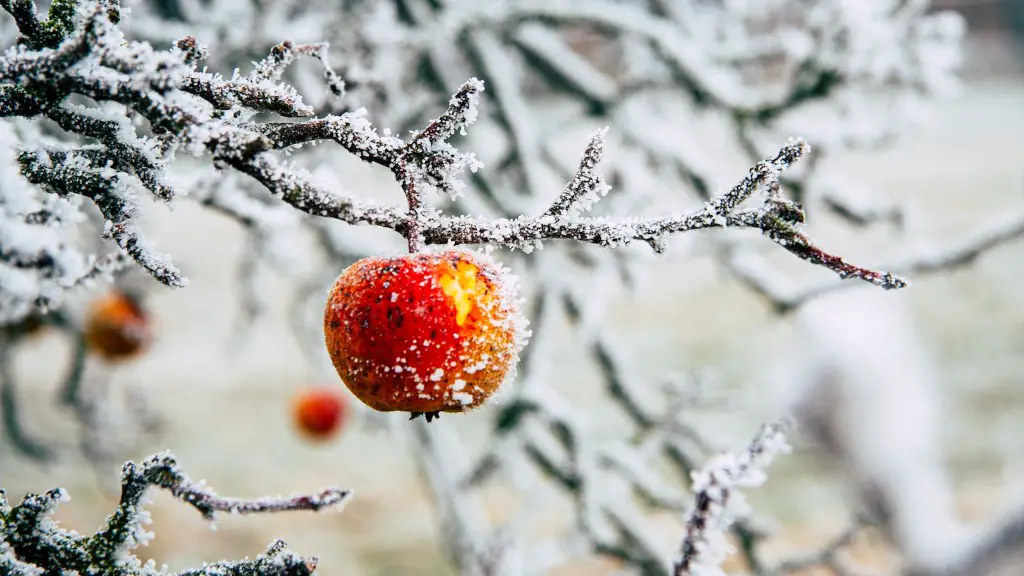Cherry trees are an important source of food for humans and animals. They are also beautiful flowering and shade trees. Knowing how often to water a cherry tree is essential to maintain its healthy growth and fruit production. Generally speaking, cherry trees need to be watered twice per week during the growing season and once or twice a month in the winter. However, many factors such as soil type, water availability, climate, and location must be taken into consideration when caring for a cherry tree.
The ideal way to ensure that your cherry tree is properly watered is to use a soil moisture meter. This device measures the amount of moisture in the soil and provides information about when and how much to water your cherry tree. Additionally, visual inspection of the tree is also helpful in assessing the soil moisture levels. If the top inch of the soil is dry, it is time to water your cherry tree.
When watering your cherry tree, the first step is to provide enough water to allow it to reach its root zone. A general rule of thumb is that you should water the tree until the water has penetrated about 8 to 12 inches into the soil. In addition to avoiding over-watering, this method will also ensure proper penetration and absorption of the water.
To conserve water, experts also recommend providing a slow, deep soak rather than frequent, shallow waterings. This method exposes a plant to a longer period of steady having and encourages plants to spread their roots deeper in search of water. Furthermore, mulching can also help the tree retain moisture and protect its roots from extreme weather conditions.
When caring for a cherry tree, it is equally important to avoid under-watering as it can lead to several health problems such as root rot, nutrient deficiencies, and leaf scorch. If a cherry tree is drought-stressed, its fruit will become smaller and less sweet. In extreme cases, if a cherry tree does not receive enough water, it can die.
Finally, it is important to remember that cherry trees grow best when they are planted in well-draining soil with plenty of organic matter. Over-watering can lead to fungi growth and root rot due to poor drainage. Therefore, proper drainage and water management are essential for the health of the cherry tree.
Nutrient Requirements
Cherry trees also require a certain level of nutrients in order to thrive. In addition to a regular watering schedule, they do better when they are regularly fertilized. A light application of fertilizer should be applied in early spring, followed by another application in mid-summer in order to provide the tree with all the essential nutrients it needs throughout the growing season. Additionally, organic mulch can also be used to provide the tree with nutrients and help maintain moisture in the soil.
To ensure that your tree has access to a sufficient amount of nutrients, the soil should be tested at least once a year. A soil test will provide information about the pH level, nutrient content, and salinity of the soil. Armed with this information, you can then choose a fertilizer that is specifically designed for your cherry tree.
Climate Considerations
The climate in which your cherry tree is planted can also play an important role in determining how often you need to water it. For instance, in regions with hot, dry summers, your cherry tree will need to be watered more frequently than in climates with cooler summers. Additionally, if your cherry tree is planted in an area that receives frequent rain, you may need to water it less often.
In order to make sure that your cherry tree is getting the right amount of water for its climate, you should monitor the weather conditions in your area and adjust your watering schedule accordingly. If the weather forecast predicts periods of extreme heat or drought, you may need to water your cherry tree more frequently in order to prevent heat stress or drought damage.
It is also important to note that during the winter months, your cherry tree will not need to be watered as frequently. In fact, over-watering during the winter months can lead to fungal problems and root rot. Therefore, during the winter, you should reduce your watering schedule to once or twice a month.
Effects of Extreme Temperatures
The effects of extreme temperatures can also determine how often you need to water your cherry tree. If there is a heatwave or cold snap, you should adjust your watering routine accordingly. During extreme heat, your cherry tree will need to be watered more frequently in order to prevent heat stress and ensure that the tree receives enough moisture. Conversely, during extreme cold, you may need to reduce the frequency of your waterings in order to prevent frost damage.
Regardless of the climate, it is important to check the soil moisture levels of your cherry tree before and after you water it. Additionally, you should always avoid over-watering as this can lead to root rot and other health problems. As long as you follow these guidelines, you can ensure that your cherry tree will receive enough water to stay healthy and produce delicious fruit.
Pest and Disease Management
In addition to proper watering and fertilization, pest and disease management are also important considerations when caring for a cherry tree. One of the most common pests that attack cherry trees is the Japanese beetle. In order to prevent infestations, gardeners should inspect the tree regularly and remove any beetles they find. Additionally, they should also use horticultural oil to treat the tree and prevent infestations.
In addition to pests, cherry trees can also be affected by various diseases such as leaf spot and brown rot. In order to prevent these diseases, gardeners should assess the soil pH levels and adjust them if necessary. Additionally, they should also prune the tree regularly and dispose of any diseased branches. These steps will help ensure that your cherry tree remains free of pests and diseases.
Finally, gardeners should also take measures to protect their trees from extreme temperatures and weather conditions. This can be done by providing the tree with adequate shelter such as shade cloth or a wind break. Additionally, watering the tree during periods of drought will also help protect it from heat and drought stress.
Conclusion
In conclusion, cherry trees are a valuable addition to any garden. When properly cared for, they can produce delicious fruit and provide beautiful flowers and shade. In order to ensure that your cherry tree is healthy and thriving, it is essential to know how often to water it. Generally speaking, cherry trees need to be watered twice per week during the growing season and once or twice a month in the winter. However, many factors such as soil type, water availability, climate, and location must also be taken into consideration. Additionally, proper fertilization, pest and disease management, and protection from extreme temperatures will also ensure that your cherry tree remains healthy and productive.


